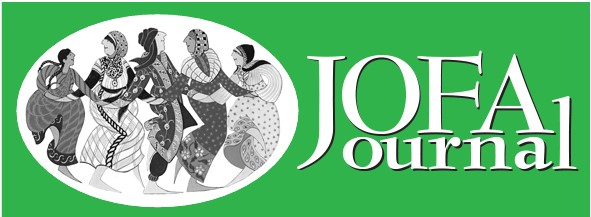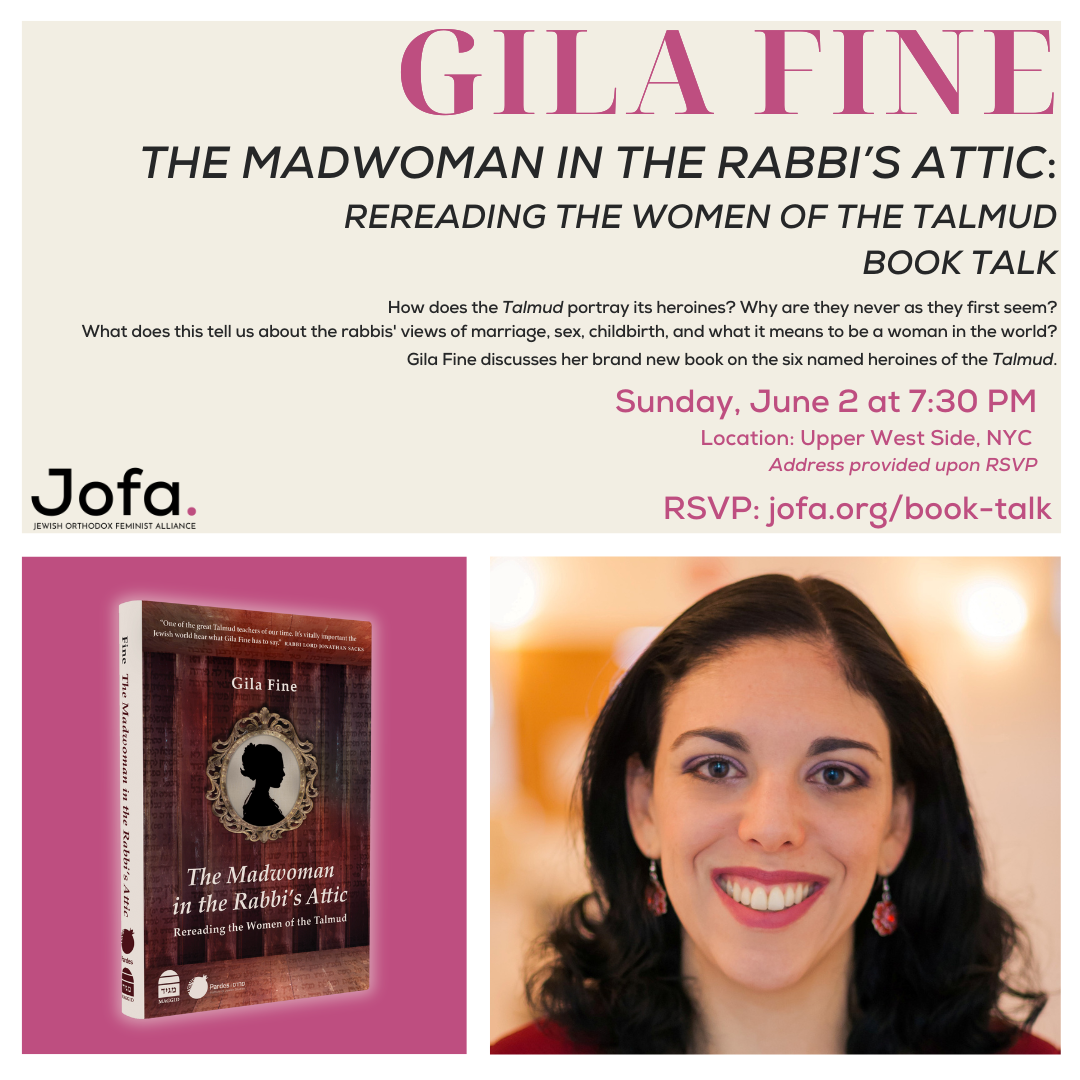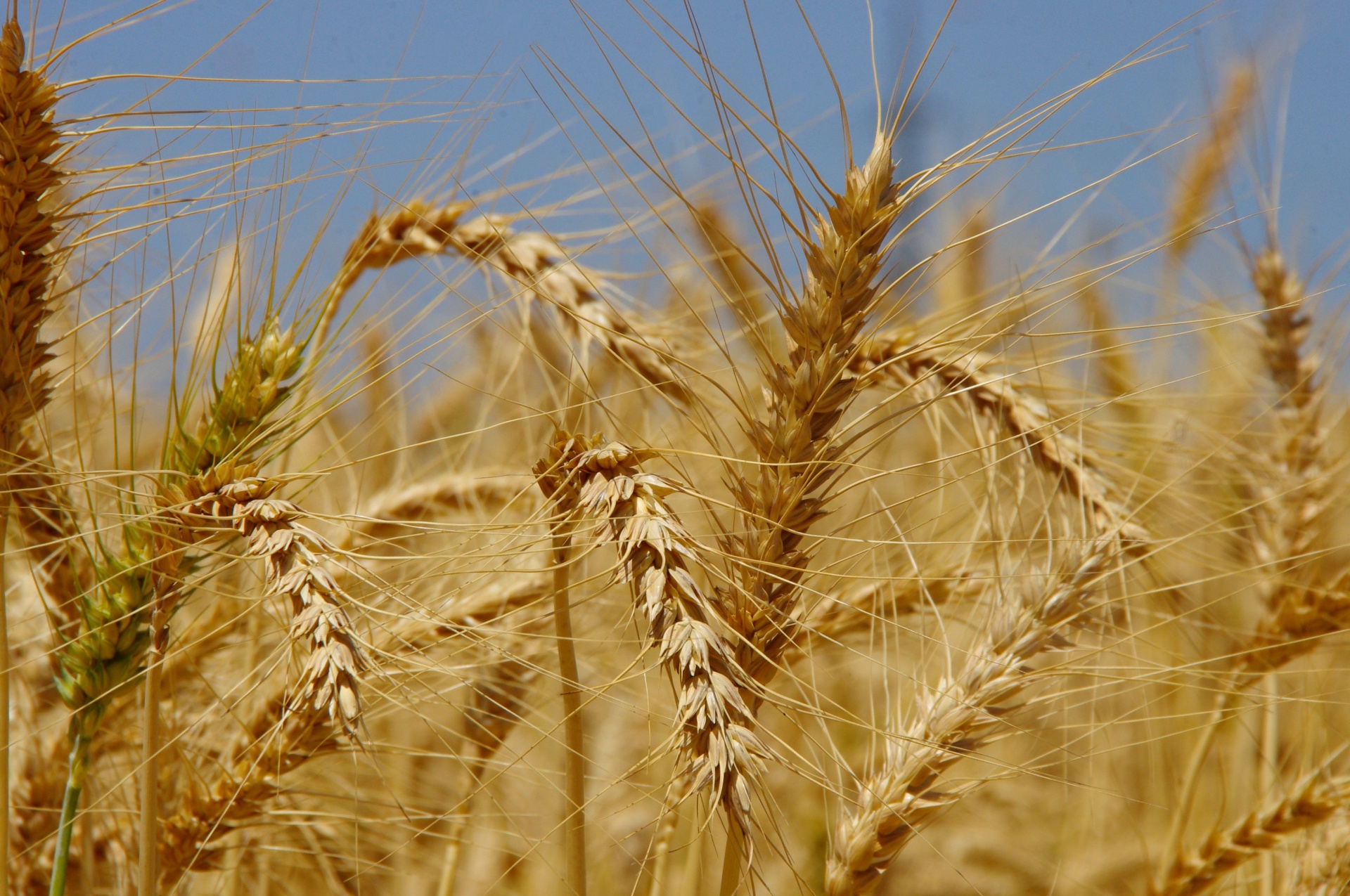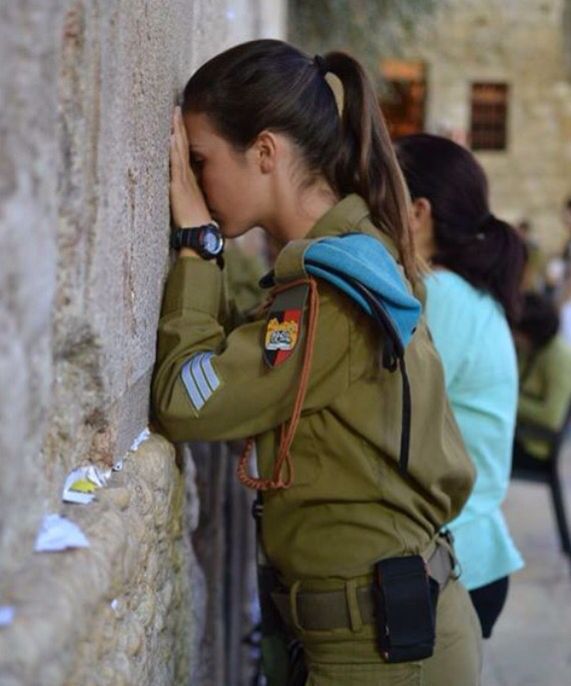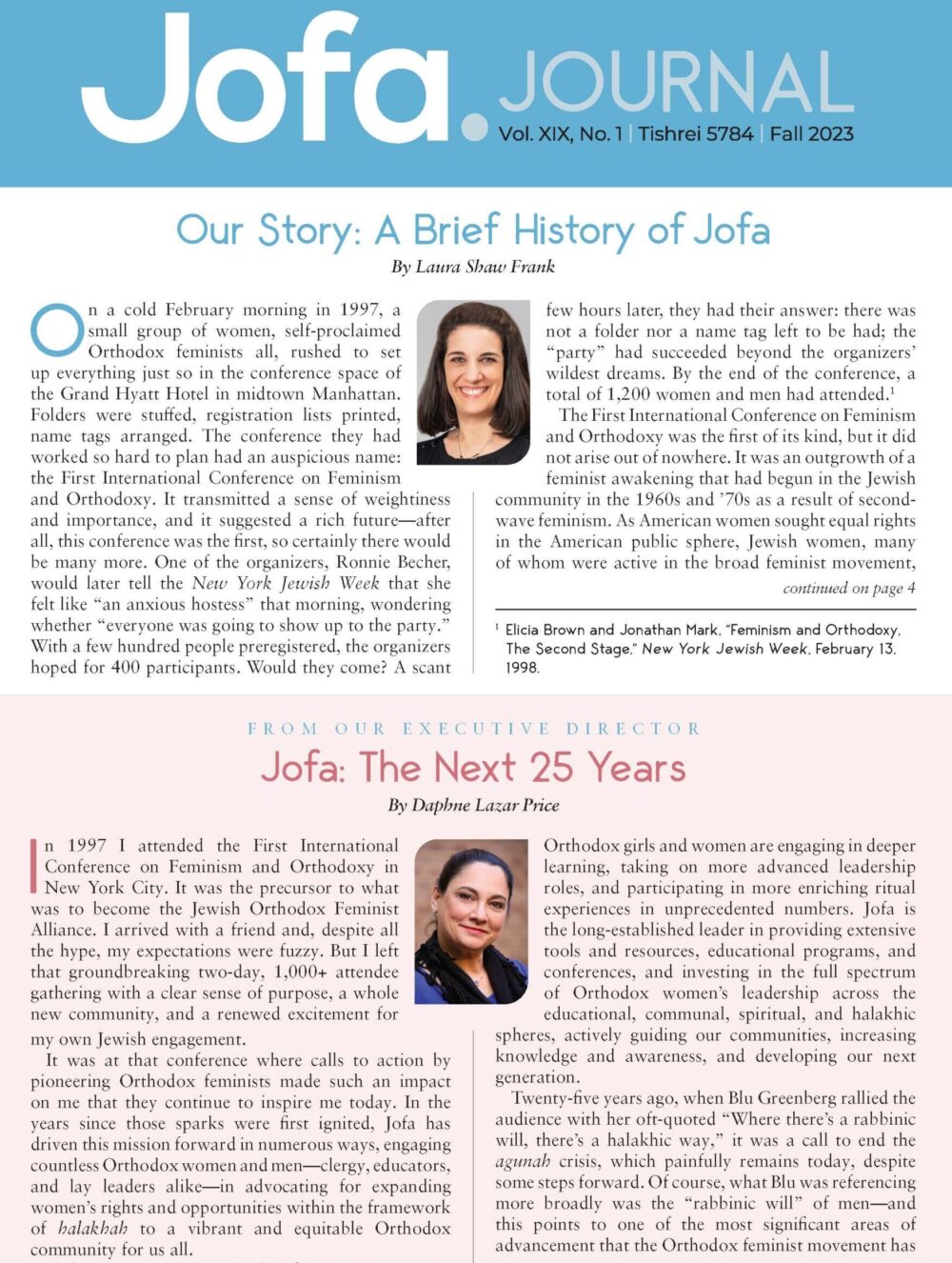By Idana Goldberg
“Ani mekabelet tabaat zu, v’hareini mekudeshet lecha kedat moshe v’Yisrael, I accept this ring and I am thereby sanctified to you according to the laws of Moses and Israel.” With those words, I became an active participant in my wedding ceremony.
Moments before, Rabbi Saul Berman, our mesader kiddushin, had instructed the witnesses that they would be witnessing a two-step process performed by my husband, Michael, and me ,the groom and the bride. Michael would offer me a ring as an indication of his offer of marriage and would accompany that with the traditional “harei at mekudeshet li.” Rabbi Berman then continued, “Idana will receive the ring from him [and] her visible acceptance of the ring will be accompanied by her verbal indication of her acceptance of his offer of marriage.”
Both Michael and I believe that the Jewish wedding should demonstrate the ways in which Jewish women are vibrant and essential parts of the greater Jewish community. Throughout our wedding, Michael and I included women in ways that would have both personal meaning and halakhic integrity. My female friends and family are as much a part of my Jewish community as the parade of male witnesses and officiants whose voices typify a traditional Orthodox wedding ceremony. I did not think that asking my friends to walk down my aisle as bridesmaids was the only way to honor them. Instead, I wanted them to share the meaningful aspects of my wedding with me.
Yet this was a much more difficult undertaking than we had imagined it would be. Resistance to any type of change or innovation, on both halakhic but mainly social grounds, accompanied our requests to rabbis and family. As an Orthodox feminist I could not fathom enacting a wedding ceremony which not only left me unfulfilled religiously and spiritually, but also reinforced women’s passivity in ritual. What struck me in speaking to close women friends was the way that many felt disconnected from their own wedding ceremonies. It saddened me deeply that women who are committed to Torah learning and halakhic observance and who interweave Judaism into the daily fabric of their lives accepted a wedding ceremony which they believed silenced their voices and excluded the participation of other women. I was determined that I would not allow myself to become alienated from what should be one of the most important ceremonies of my life.
I began my wedding with a kalla’s tish. Seated at a table in a room adjoining the smorgasbord, I greeted our guests surrounded by my women friends who were singing wedding songs and giving divrei Torah. Rabbi Berman arrived to supervise the signing of those official documents, which needed what he called “nonhalakhic” witnesses. The first document I signed, witnessed by two women friends, was a rabbinic prenuptial agreement, which is an important way of protecting women from becoming agunot. Next, I signed the civil wedding contract witnessed by two other women friends. My mother then escorted me to the chair where the bedeken would take place. After Michael placed the veil over my head, I received berakhot from both our fathers, my grandfather and also from both of our mothers, which enhanced the ritual and created a continuity of female generations.
Although it is clear from the sources that a woman cannot be married against her will and must accept the kiddushin for the marriage to take effect, traditionally that acceptance has been understood through the bride’s silence. The rabbis posited shtika k’hodaah dami, silence is affirmation, and if the bride does not vocally object to the marriage, her silence indicates acceptance. Michael and I wanted to make explicit what is already implicit in the kiddushin that it is a partnership enacted only with both the bride’s and groom’s participation. It also gave me the opportunity to have my voice heard in a ceremony normally reserved for male voices.
We also chose to include our mothers’ names in our ketuba. In declaring that we were children of our fathers and of our mothers, we recognized the pivotal roles that all of our parents have had in making us who we are today. To complement the men who witnessed our kiddushin, read our ketuba and blessed us with the sheva berakhot, we invited two close women friends to participate in our chuppa. One delivered a d’var Torah and another concluded the chuppa with a wedding prayer from the ninth century siddur of Rav Amram Gaon. This blending of tradition and innovation was especially significant for us.
When our women friends were invited to the chuppa, my brother called them with the word mekhubedet, the female form of the Hebrew word for “honored.” I had not thought about how my friends would be called to the chuppa, but he understood what I was saying in asking them to stand with me under the chuppa. These women were my witnesses, who honored me with their presence as much as I honored them by asking them to be there. By adding other women’s voices to mine, and recognizing our mothers, Michael and I tried to create a ceremony which honored women’s knowledge, creativity and participation alongside men’s and which enhanced a valued tradition in halakhic and meaningful ways.
■ Idana Goldberg is a doctoral candidate at the University of Pennsylvania in modern Jewish history and women’s history.

